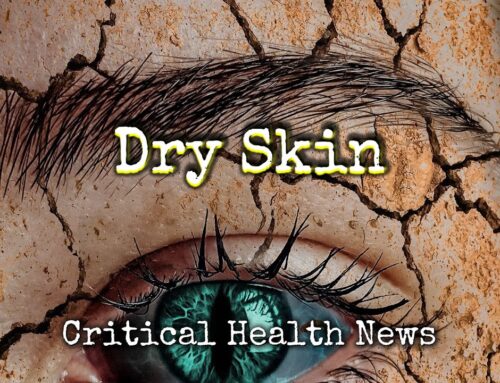Everyone uses skin care products, but not everyone is satisfied with what they’re using. There’s a good reason for that. For while lots of products can work superficially, to modify skin texture and provide a tactile sensation they feel, like something to really create beauty changes, their ingredients have to activate or turn on living cells.
The biochemicals that turn on cells are called signaling molecules. In the world of skin health two of the most important are vitamin A and vitamin C, both having activating properties that are so prominent that they can be used medicinally for wound healing, anti-aging and even chemotherapy.
Here’s the thing, contrary to its homogeneous appearance, the skin is layered. Those living cells that are ultimately responsible for the organs health and beauty reside in the lower layers, which are rarely reached by ordinary skin care products and the components that they contain. Vitamin A, called “Retinol” or in its prescription version “Retinoic acid”, has a fatty nature, which allows it to slide down to the cell’s home base pretty easily, while vitamin C has to be modified with a fatty attachment.
The movement of both molecules from the surface downwards can be facilitated by pre-treating the skin with natural substances called Hydroxy acids. Glycolic acid and Salicylic acid are the most common Hydroxy acids and both are readily available in cleansers and toners. For maximum benefits choose Hydroxy acid products that have pH’s between 3.0 and 4.0.










